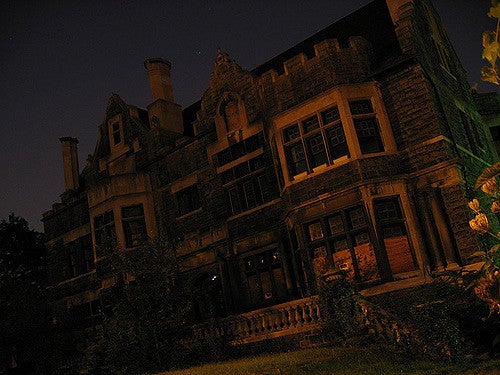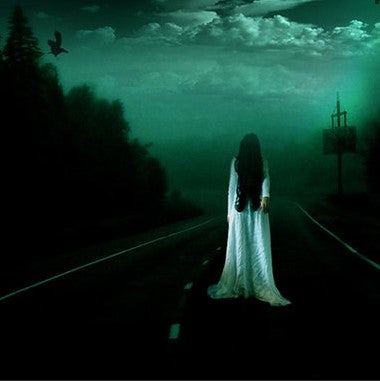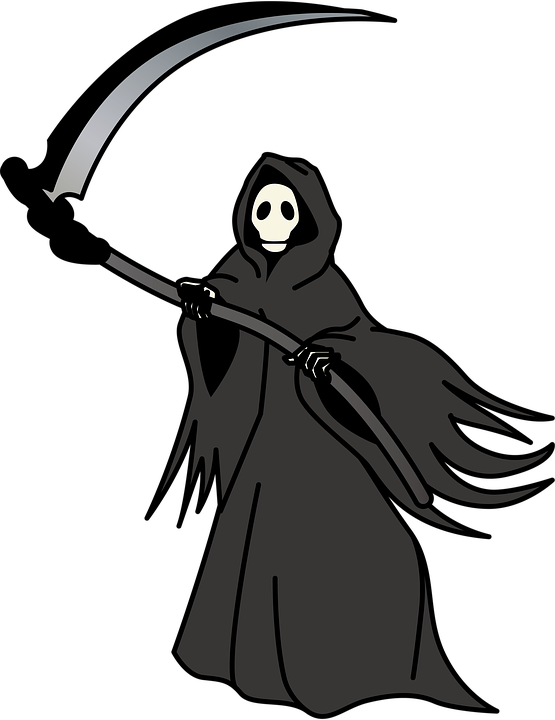Horror–you either hate it or love it. I love horror because it gives me an adrenaline rush that I don’t get from other books. So, in the spirit of Halloween, this blog will showcase some of the essential elements that make this literature spooky and will keep you awake at night.
1. Setting

The setting, quite literally, sets the stage to produce fear in the reader. A good setting is one that tries to give the reader a mental image of the story’s environment. Descriptive writing helps build suspense which allows the setting itself to contribute to the reader’s fear. A good example would be The Ritual by Adam Nevill. The setting of a dark and isolated forest creates constant tension throughout the first half of the book. For example, Nevill writes: “‘See it?’ Luke nodded at where Hutch was pointing; at a dark spiky strip of distant woodland, half concealed by drifting white vapours.” Nevill describes the forest, in which the characters are lost, using the adjective “spiky,” that then paints a mental image of a dangerous forest. The forest’s description makes the reader feel uneasy as if something bad is going to happen. This uneasiness and worry then creates the tense atmosphere that sets up the scares to come.
2. The Unknown

Another element of horror is the unknown. This element can refer to anything: unknown creatures, situations, characters, and so forth. Although simple, not knowing what is going to happen next is essential in building up suspense. We, as humans, generally fear things that we do not understand, which is why this element is used so often. A classic example of the unknown would be the Xenomorph from the novel Alien by Alan Dean Foster. Throughout most of the novel neither the characters nor the reader know anything about this unknown creature that is picking off the crew one by one. Because of how little information is given, we don’t understand the alien completely and end up fearing it.
3. Death

If you have ever read horror, or even watched it on the big screen, you probably knew that this was coming. Death is always present in one form or another whether it be fear of death, or it’s occurrence. That being said, it is also important to make sure the death holds some significance for the reader; the death of a beloved character or a death that is very descriptive is more powerful than a passing remark stating that some unimportant character has died. For example in the book It by Stephen King, the whole plot of the book progresses because of Georgy’s death and is a common event that is brought up throughout the story. This death is significant to the reader, not because of the emotional attachment to Georgy, but because the mystery of his disappearance makes the reader want to find out what happened, which leads them deeper into the book.
So, the next time you decide to read a horror story look out for these elements. You’ll be surprised by how consistently they are used and how effective they are, especially when used skillfully by the writer.